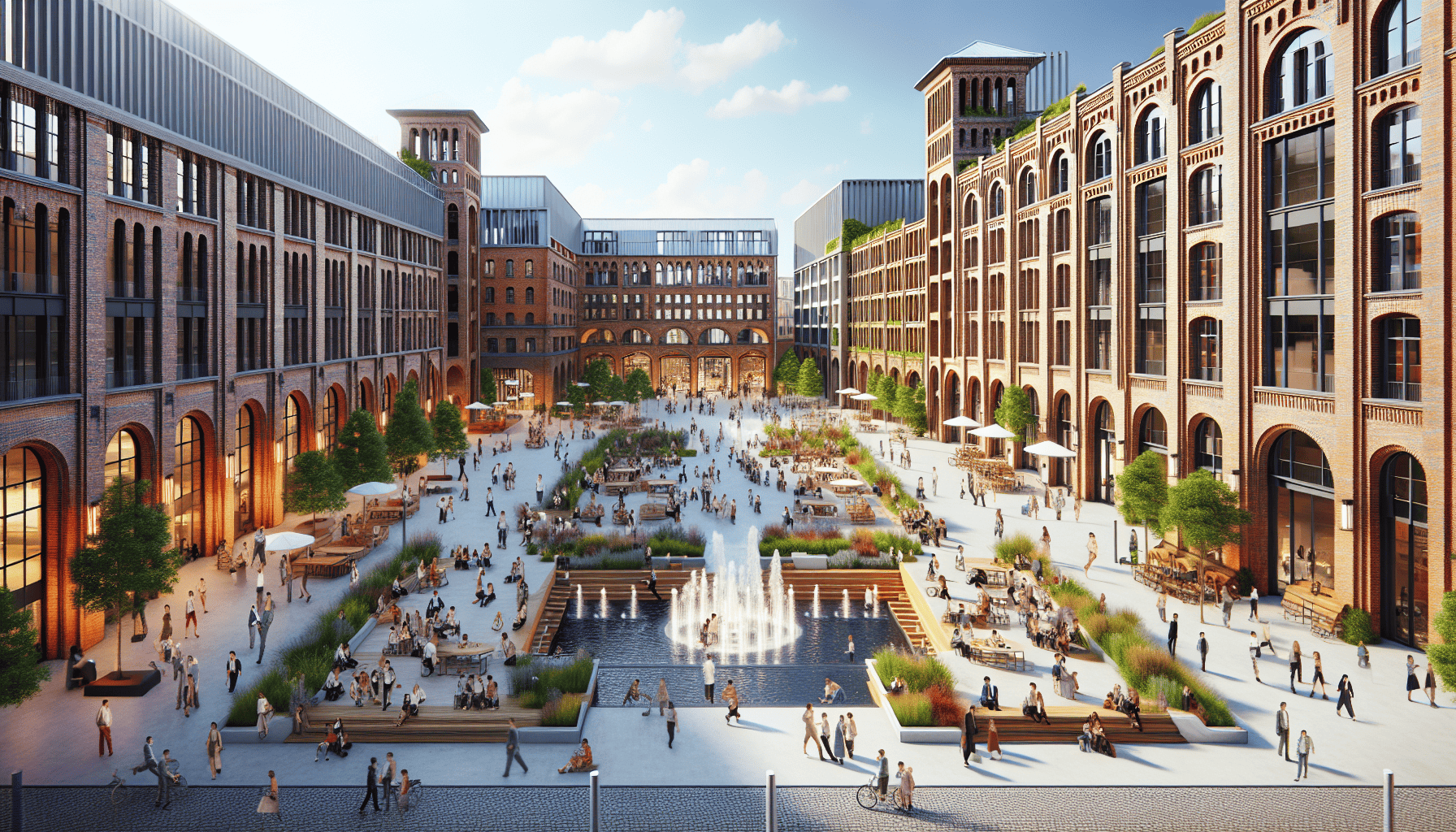Urban revitalization projects have become a focal point for city planners and architects as cities around the world grapple with aging infrastructure and the pressing need for sustainable development. These initiatives aim to breathe new life into old neighborhoods, transforming them into vibrant, functional, and sustainable environments that meet the needs of contemporary urban dwellers.
One of the key components of successful urban revitalization is the integration of sustainable design principles. This means utilizing environmentally friendly materials, maximizing energy efficiency, and incorporating green spaces that improve air quality and provide recreational areas for residents. By prioritizing sustainability, cities can reduce their carbon footprint and create healthier living spaces.
Modern designs also play a crucial role in these projects, as they can seamlessly blend the old with the new. This often involves preserving historical architecture while modernizing the infrastructure to enhance functionality and accessibility. For example, repurposing old industrial buildings into residential lofts or commercial spaces can preserve the historical character of an area while providing modern amenities.
Community involvement is essential in urban revitalization projects. Engaging local residents in the planning process ensures that developments meet the needs of those who will use them most. It also helps to foster a sense of ownership and pride in the revitalized areas, contributing to long-term sustainability.
Effective transportation solutions are another important aspect of urban revitalization. Enhancing public transit, adding bike lanes, and improving pedestrian pathways can reduce traffic congestion and pollution while making cities more navigable and enjoyable for residents and visitors alike.
Several cities around the world have already set the standard for urban revitalization. For example, Copenhagen has been widely praised for its focus on becoming a carbon-neutral capital by 2025, incorporating renewable energy resources and designing cityscapes that prioritize people over cars. Similarly, Medellín in Colombia has transformed its image with innovative transportation solutions and public parks, reducing crime and revitalizing its neighborhoods.
These urban revitalization projects demonstrate that with thoughtful planning, sustainable practices, and community engagement, cities can be reborn. By investing in modern design and functionality, cities not only enhance the quality of life for their residents but also pave the way for a more sustainable and prosperous future.
